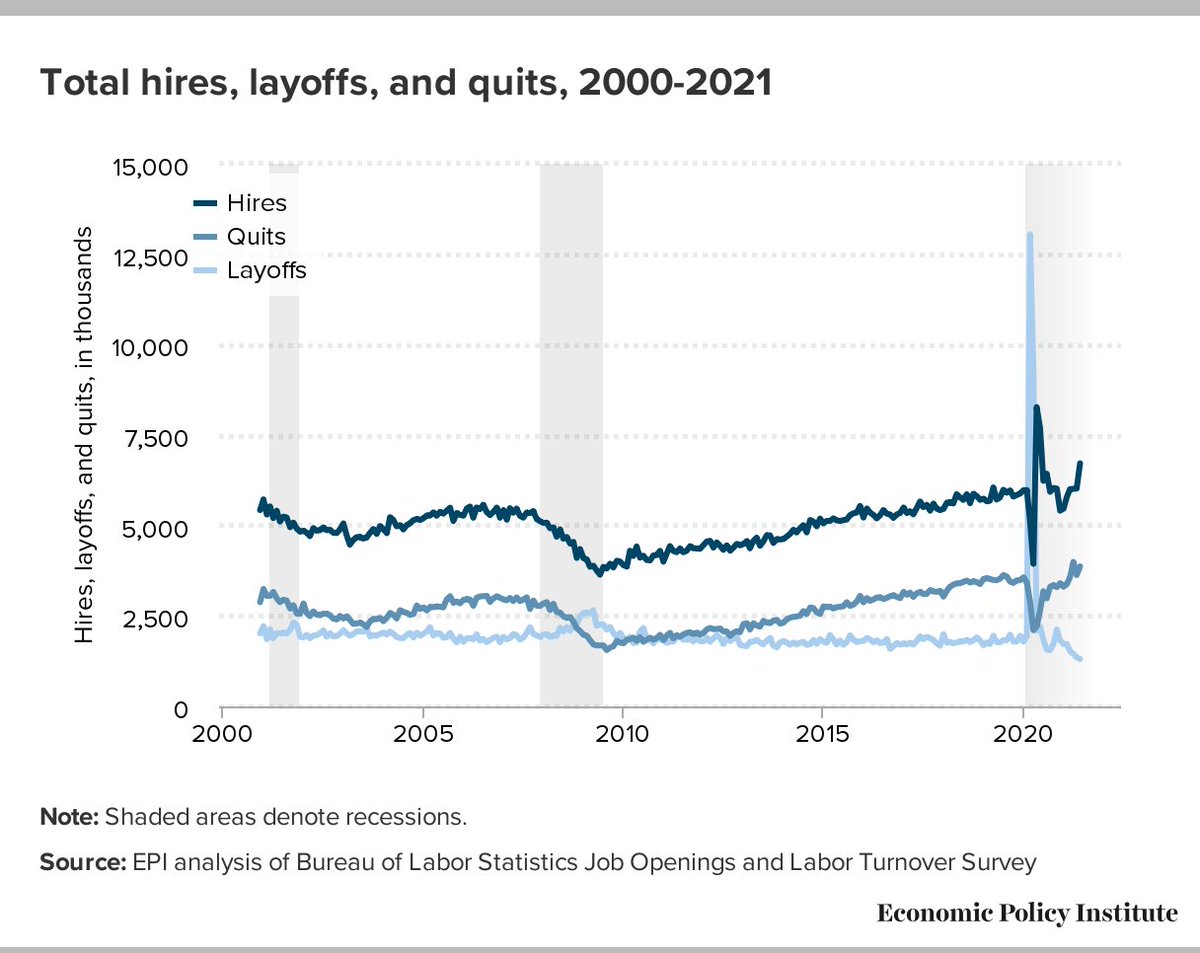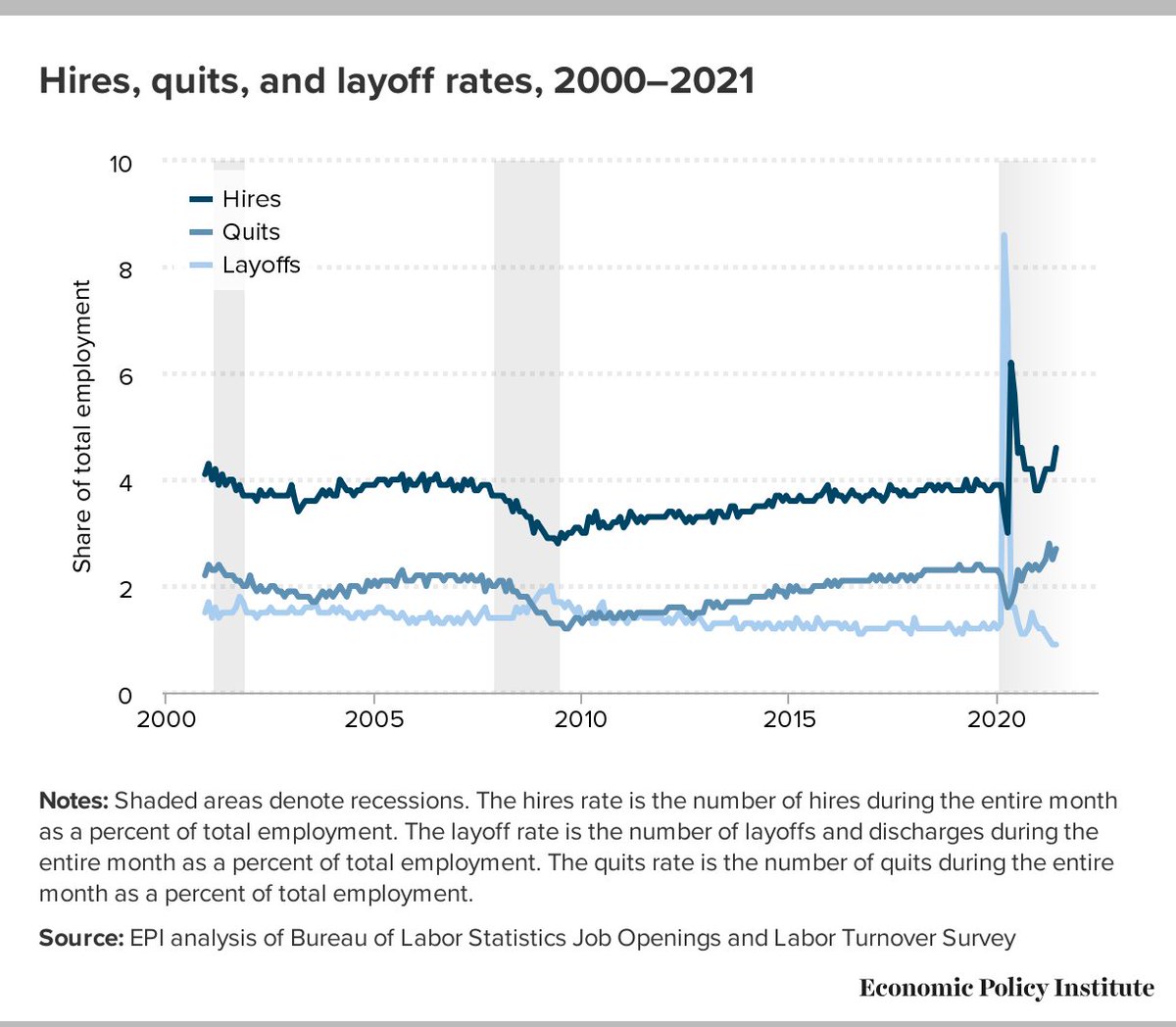
So, are you telling me that poverty went up AND poverty went down between 2019 and 2020? I’ve been asked this more than once since the Census release this morning. And, the answer is yes. Here’s how this is possible.
Let's start with the facts:
- According to the official poverty measure, the official poverty rate in 2020 was 11.4%, up 1.0 percentage point from 2019.
- According to the supplemental poverty measure, the SPM poverty rate in 2020 was 9.1%, down 2.6 percentage point from 2019.
- According to the official poverty measure, the official poverty rate in 2020 was 11.4%, up 1.0 percentage point from 2019.
- According to the supplemental poverty measure, the SPM poverty rate in 2020 was 9.1%, down 2.6 percentage point from 2019.
So, what’s the difference? The SPM extends what is included in people’s income such as many government programs that are not included in the official poverty measure. In doing so, the SPM allows us to better analyze the effects of these programs on poverty estimates.
Specifically, the SPM includes the stimulus payments provided as relief to families during the pandemic. These stimulus payments were important for reducing poverty: 11.7 million more would be in poverty in 2020 without them.
Were these stimulus payment not included in people's resources in the supplemental poverty measure, then the SPM poverty rate would have been 12.7% rather than 9.1%. This is a huge result.
Mechanically, if the supplemental poverty rate was 12.7% (had it not been for the government intervention), then the SPM poverty rate would have gone up from 11.8% in 2019 to 12.7% in 2020, a similar amount that the official poverty measure increased.
Unemployment insurance benefits, however, are included in both the official and supplemental measurement of poverty. Without UI, the official poverty rate would have been significantly higher. Without UI, 5.5 million more people would have been below the SPM poverty threshold.
These two poverty measures are both telling the truth. The official poverty measure tells an incomplete story of what people actually experienced in 2020 because it captures only some, but not all, of the important policy changes that measurably improved people’s lives.
• • •
Missing some Tweet in this thread? You can try to
force a refresh








